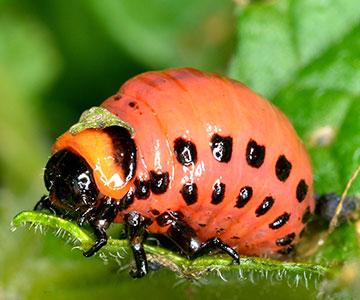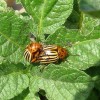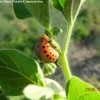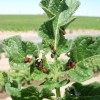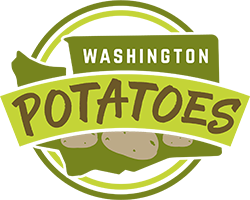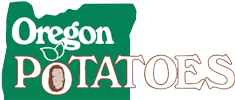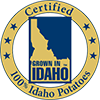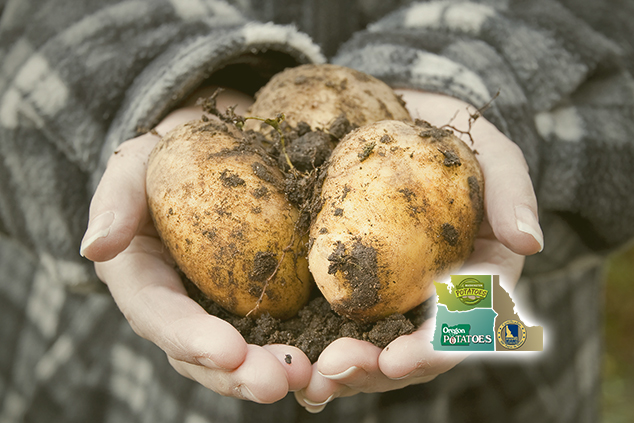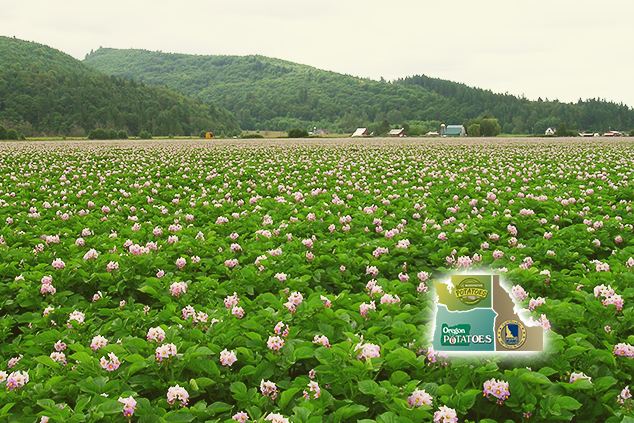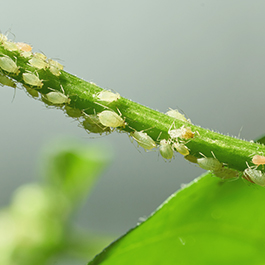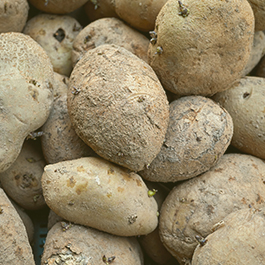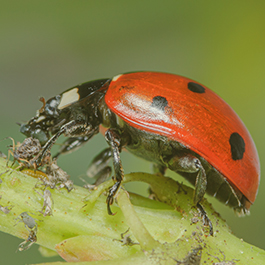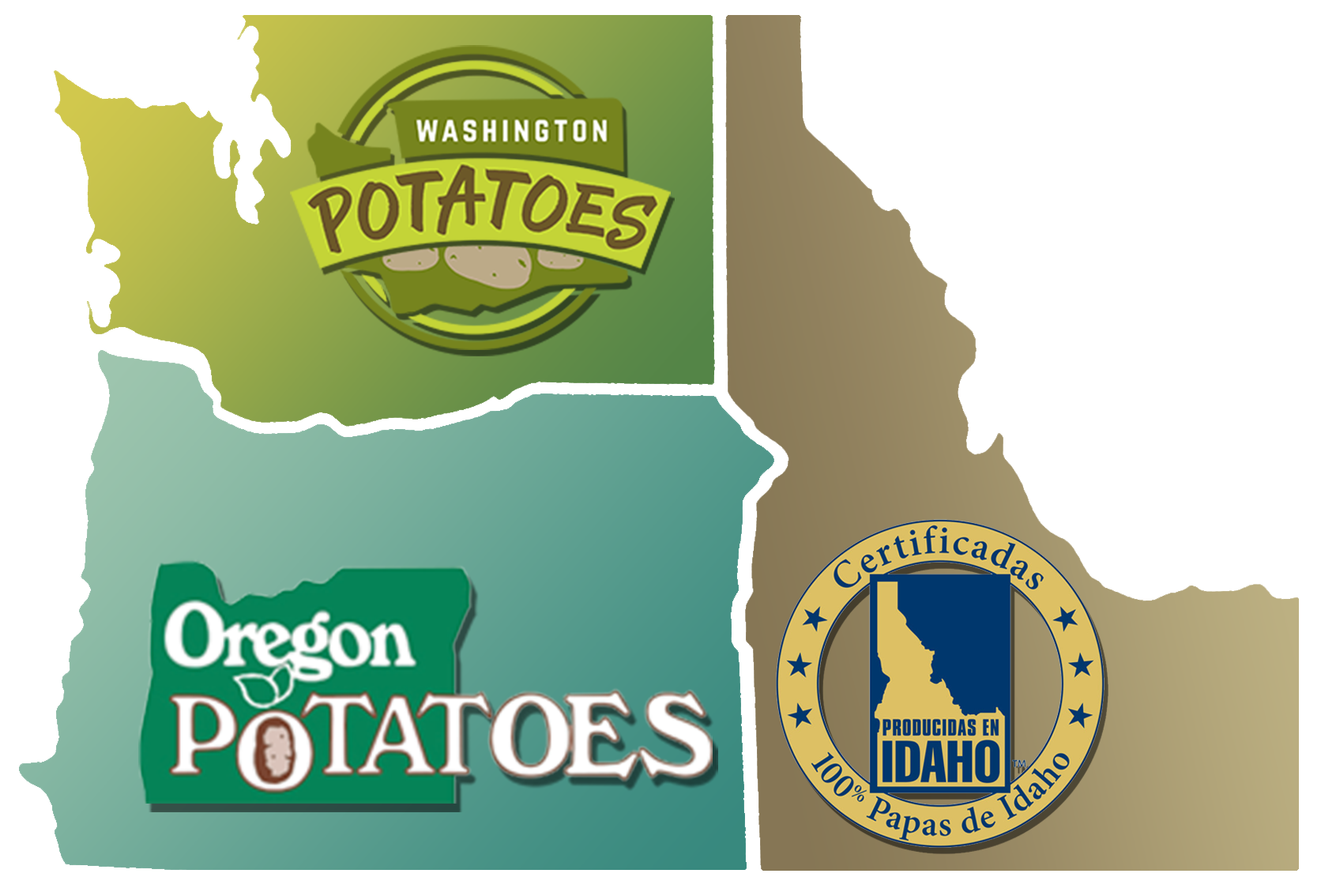Colorado Potato Beetle (Leptinotarsa decemlineata)
General Biology and Crop Damage:
The Colorado potato beetle (CPB) is a yellow and black striped beetle, about 0.5 inch long and 0.25 inch wide. Larvae are reddish orange, with two rows of black spots on each side. Yellow egg clusters are found on the undersides of leaves. This beetle can cause complete defoliation and nearly complete crop loss if allowed to reproduce unchecked.
Biology and Life History:
Both larvae and adults feed on potato foliage throughout the season. Pupation occurs in the soil. Overwintering occurs in the soil, adults emerging to lay eggs in the spring. In cool climates, the beetle undergoes only one generation per season, but in warmer areas, such as the southern Columbia Basin, it may have three generations.
Scouting and Thresholds:
Check fields for CPB starting at crop emergence: beetles are easily spotted when plants are small. Because larvae feed toward the tops of the plants, scouting for this insect is easily done as workers walk through fields. There are no established treatment thresholds for CPB. The goal of management should be to limit population growth and spread through fields and farms: large populations are harder to manage than small ones.

